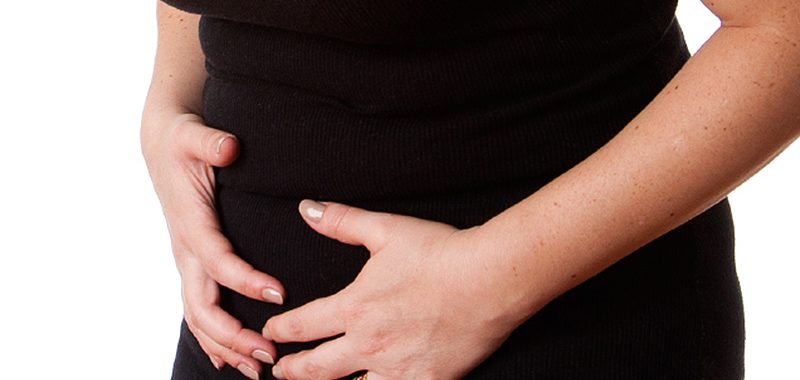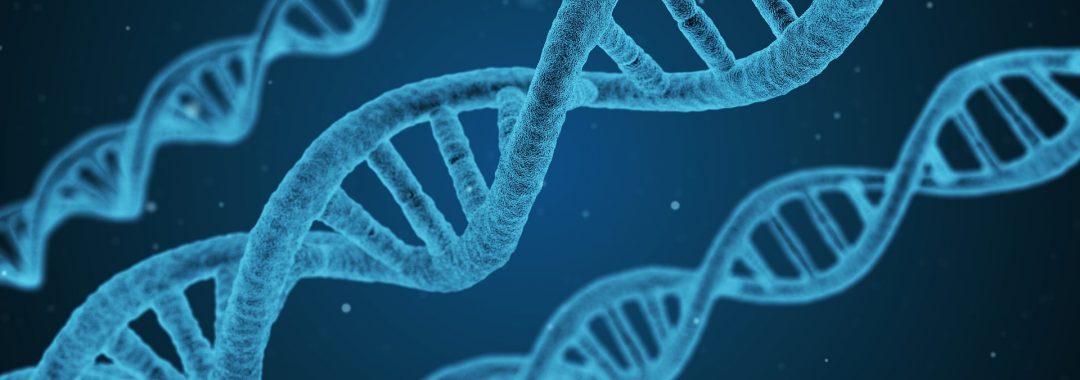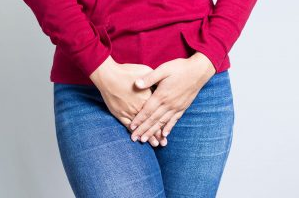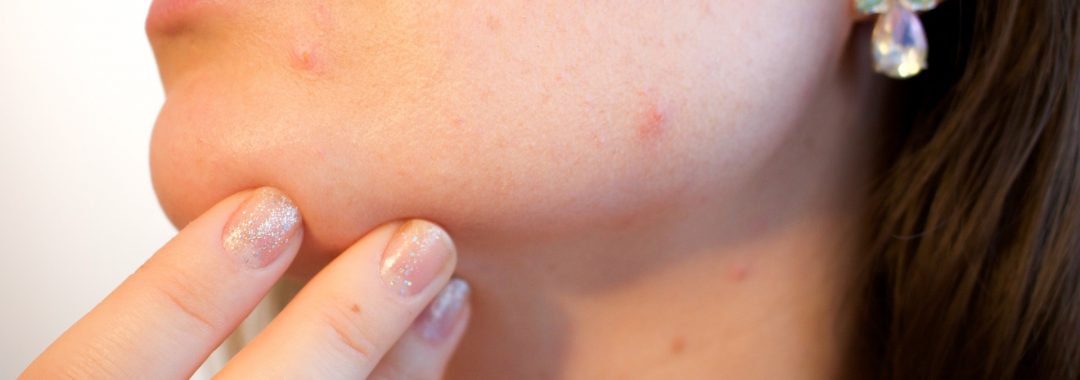Endometriosis is a condition where tissue resembling the uterus lining grows outside the uterus, such as on the ovaries or fallopian tubes. Endometriosis can spread to every organ in the body and can grow inside, or on the outer surface of the bladder.This is what is known as Bladder Endometriosis.
To learn more about endometriosis and to learn about the symptoms of this disease, you can click on this link to find out more (Click Here)
If endometriosis forms in, or on the bladder, it that can cause severe discomfort and pain. It can also make a woman want to urinate more and also with urgency, pain, burning and frequency.
There are other bladder conditions with the same, or similar symptoms, but endometriosis can also aggravate these conditions, or be present at the same time as well. I will discuss the other forms of bladder pain and interstitial cystitis, which can have similar symptoms to endometriosis affecting the bladder, or bladder endometriosis.
Prevalence
Bladder endometriosis is not common. Reports state that around 2 percent of women with endometriosis may have endometrial growths in their urinary system, with endometriosis growing in, or on the bladder. But even if endometriosis isn’t on, or in the bladder, it can still cause issues with the bladder and cause associated symptoms.
What are the Symptoms of Endometriosis in, or on the bladder?
One of the main symptoms bladder endometriosis is pain when the bladder is full and a woman needing to urinate more frequently. It can also cause symptoms resembling a urinary tract infection, but no infection will be found to be present. Women do need to be aware that a significant portion of women with endometriosis are asymptomatic (meaning no symptoms) and may not be aware that they have endometriosis until they have investigations for another reason, such as not being able to fall pregnant.
Some women are more likely to notice symptoms of endometriosis around the time they are due to have their menstrual cycle.
Other symptoms of bladder endometriosis may include the following:
• More frequent need to urinate
• Needing to urinate urgently
• Feeling pain when the bladder is full
• Stinging and burning or painful sensations when passing urine
• Seeing blood in the urine
• Experiencing pelvic pain
• Having lower back pain, more on one side of the body
Diagnosis
The definitive diagnosis for endometriosis is via a laparoscopy as this is the gold standard investigation for investigating disease states inside the pelvic cavity. A biopsy is usually taken at the same time to check the microscopic implants of endometriosis, which cannot be seen visually. Normal ultrasound, transvaginal or abdominal, cannot diagnose endometriosis. Blood tests cannot diagnose endometriosis either.
If Endometriosis has spread inside the bladder a cystoscopy would be needed also. A cystoscopy is where a small scope is inserted into the bladder and the specialist can then see if there is endometriosis, or other inflammatory disease in the bladder lining.
The specialist will then see what stage the endometriosis is at. This is a staging system from 1-4, but this is only to let the surgeon know how much of the disease is present. The staging system does not have anything to do with pain levels, as pain levels “are not” related to the extent of the disease. A woman with stage 1 endometriosis could have more pain than someone who is stage 4, and someone who is stage 4, may not have any pain, or associated symptoms at all.
Treatment
There is no current cure for endometriosis. However, the condition can be managed through a multimodality approach that involves surgery, hormones, pain medication, physiotherapy, herbal medicines, acupuncture, yoga, pilates, diet, lifestyle changes, counselling and an individualised approach. Women with endometriosis need a team approach.
Surgery, via a laparoscopy, is the most common treatment, and definitive diagnosis, for those with endometriosis. If endometriosis had been found in the bladder transurethral surgery will be done at the same time. This involves a scope inside the bladder to cut away any endometriosis in the bladder lining. Sometimes a partial cystectomy is needed to remove an affected part of the bladder.
While surgery is a much-needed part of the treatment and diagnosis of endometriosis, it is not a cure. Endometriosis can, and often does, grow back again, even with the best medical forms of treatments and interventions.
Fertility
Bladder endometriosis does not have any effect on a woman’s fertility. However, endometriosis does grow in other parts of a woman’s body and reproductive system such as the ovaries, which may affect a woman’s likelihood of conception. But, endometriosis does not always affect fertility.
The Difference Between Bladder endometriosis interstitial cystitis
When endometriosis gets in the bladder it can cause very similar symptoms to another bladder condition called interstitial cystitis. This can often make it very hard to differentiate on symptoms alone.
It is also very possible to have both interstitial cystitis and endometriosis present at the same. This is why further investigations are needed to definitively diagnose both these conditions.
I do have a separate post on interstitial cystitis so that people know more about this inflammatory condition that affects the bladder.
Outlook for Women With Bladder Endometriosis
At present there is no real known cause of endometriosis and only speculation as to what the true cause is. We know that endometriosis is estrogen driven (not from estrogen dominance), but the most likely cause is probably due to genetic reasons and being a hereditary condition passed on through the parental mode of inheritance and then expressed into the body. The how, when and why will hopefully be answered in the not too distant future hopefully.
Women with endometriosis in the bladder do need to be careful and managed properly as it can cause kidney damage. There is also some research to show that endometriosis in the bladder can lead to cancer in the bladder, but this is thought to be very rare.
For now, anyone with endometriosis needs to be clinically managed properly through a multimodality team approach mentioned before. Let’s get more education out there so that women with this horrible disease have a voice and we end the silence for these women as well. Hopefully through education, funding and further research, this leads to the cure that women with endometriosis so desperately deserve.
If you do need help with endometriosis, please call my clinic staff and find out how I may be able to assist you. I do have a special interest in endometriosis and am very passionate about women receiving the right care and health management moving forward.
Regards
Andrew Orr
-No Stone Left Unturned
-Period Pain IS NOT Normal
-The Endometriosis Experts













